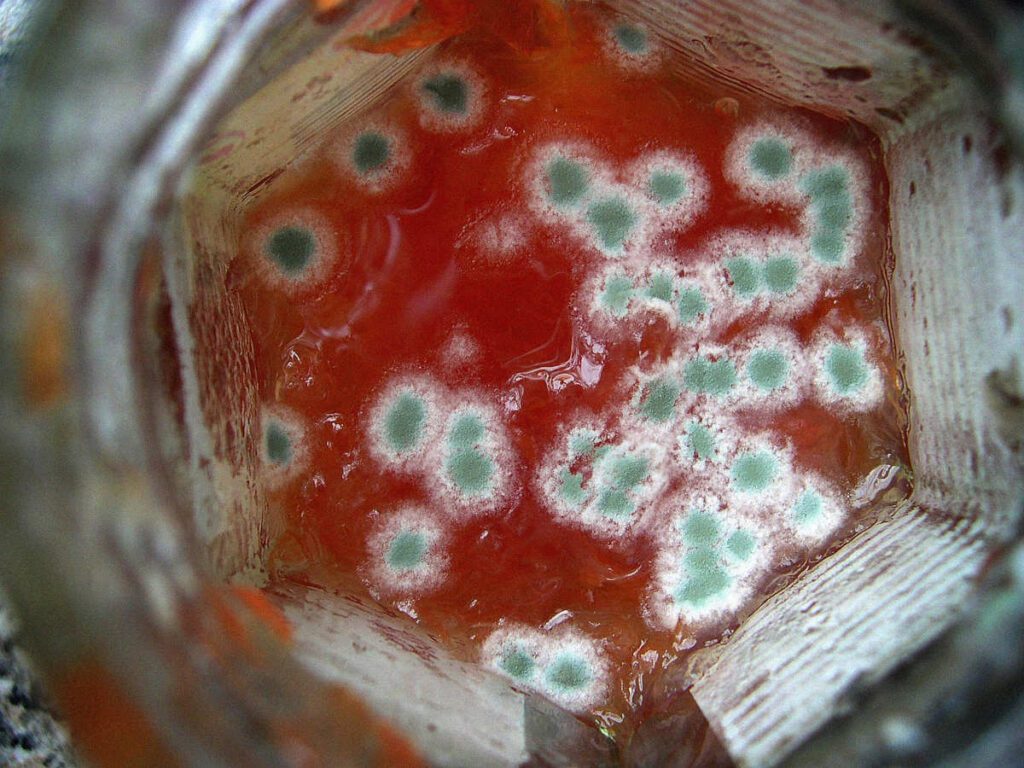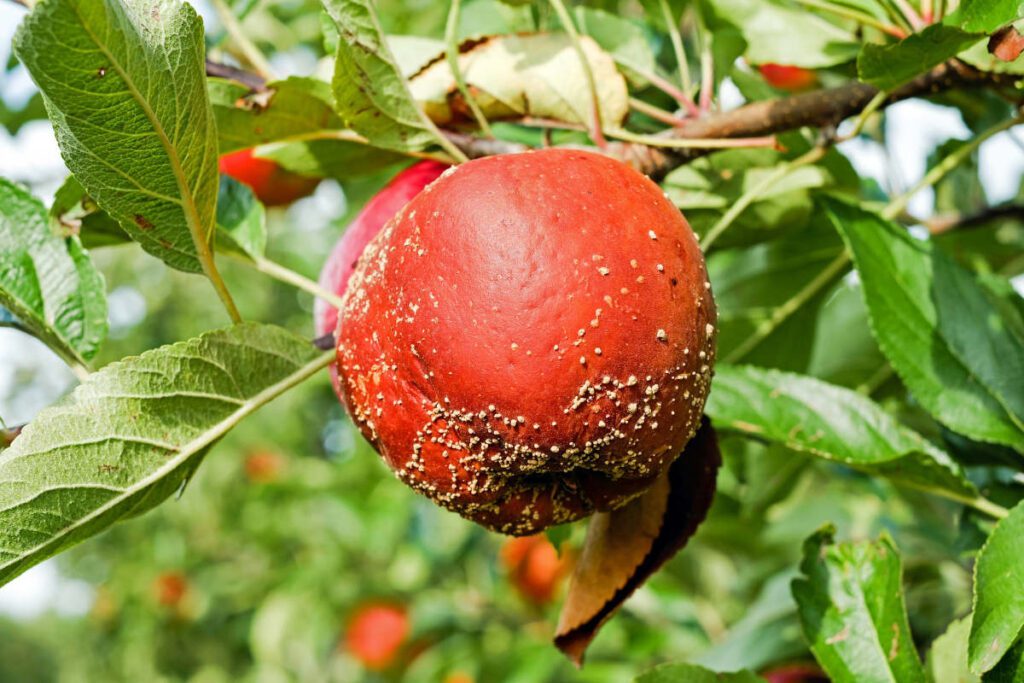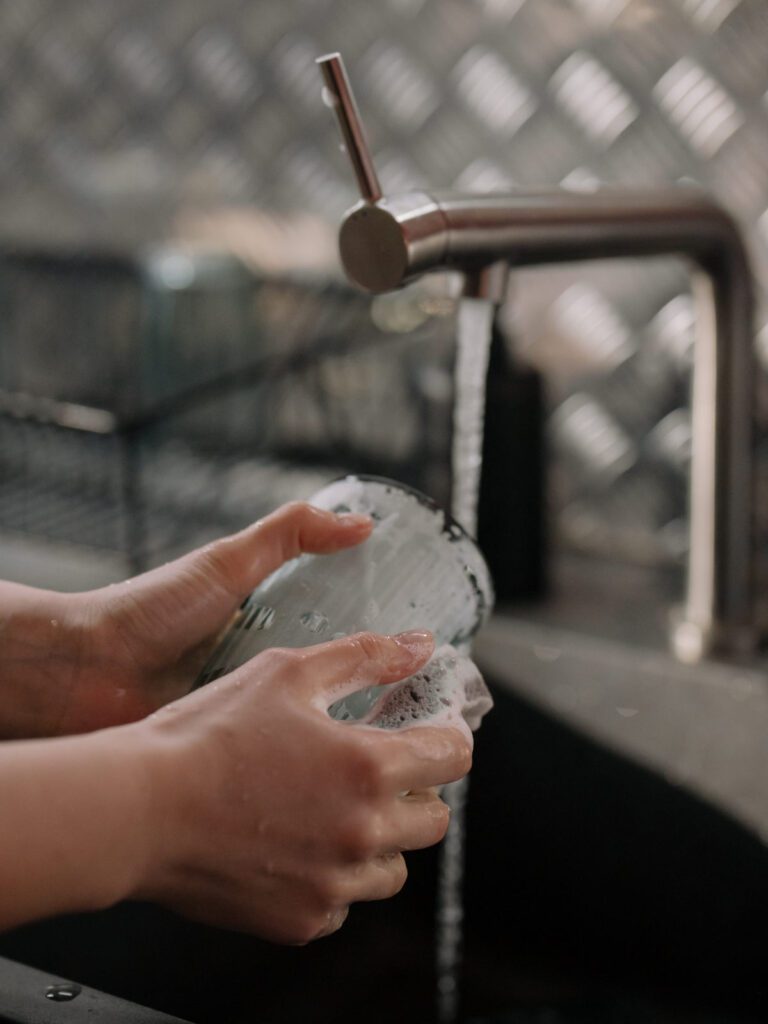In the fascinating world of homemade jams and jellies, the sweet aroma of simmering fruits and sugar can fill your kitchen, but this is also where mishaps are part of the journey. Challenges like finding mould on jam are common and can happen to anyone who dares to make their own.
Sometimes there’s a clear cause for the issue, while other times, it might be a mysterious combination of variables that come together to create an unexpected outcome.
In your quest for the best homemade sweet preserve, you’ll encounter a variety of bumps along the way – from strange tastes and textures to cracked glass jars, and everything in between.

Some mishaps can be remedied or partially resolved, allowing you to salvage your creation or find alternative ways to use it. However, in some cases, like when you discover mould, means you need to discard the jam or jelly and chalk it up to experience.
Remember that learning and experimenting are integral parts of the process. You’ll discover new flavour combinations and techniques, some of which will be a revelation, while others may fall short of your expectations.
But don’t let these experiences deter you from continuing to create your own preserves, as each trial brings valuable insights to help you improve and refine your skills.
Read on to explore one of the ups and downs of making homemade jams and jellies, and how to limit its occurrence.
My jam/jelly has gone mouldy
Causes:
Mouldy jam or jelly is a common occurrence and can be caused by several factors including:

- Inadequate sterilization of the jars, lids, and utensils used during the preserving process.
- Inadequate cleaning and preparation of the ingredients
- Using overripe or damaged fruit, which may have already started to spoil before being added to the mixture.
- Leaving too much headspace in the jar.
- Poor storage of the jars e.g. in a damp/humid or overly warm environment can also contribute to mould growth.
Problem:
Health risks:
Consuming mouldy jam can cause various health issues, such as allergic reactions, respiratory problems, and food poisoning. People with weakened immune systems (children, the elderly, pregnant or immunocompromised) may be at a higher risk of developing complications.
Presence of harmful bacteria:
Along with mould, the jam may also contain harmful bacteria like Salmonella, Listeria, or E. coli, which can cause serious illnesses, including severe gastrointestinal symptoms, fever, and even life-threatening infections in some cases.
Mycotoxins:
Some moulds produce toxic compounds called mycotoxins, which can have harmful effects on the body. Ingesting mycotoxins can lead to acute or chronic poisoning, depending on the type and amount consumed.
Jar explosion:
Mould growth can cause gas build-up inside the jar, increasing pressure over time. This may result in the jar exploding, causing injury from shattered glass or damage to surrounding objects.
Recognising mould on jam
Unpleasant taste and smell:
Mouldy jam will have an off taste and smell, making it unpalatable and potentially ruining the enjoyment of the food item it is paired with.

Looks unpleasant:
Mouldy jam has an unappealing appearance, with furry white, blue or green growths on the surface. As mould grows by the multiplication of hyphal strands, these may extend below the surface of the jam. The toxins may also leach into the jam and remain unseen. The jam jar lid may also be distended due to the gases produced.
Risk of cross-contamination:
If you don’t discard mouldy jam immediately, this is a real risk. Utensils or containers that have come into contact with mouldy jam can spread mould spores to other food items. This will increase the risk of cross-contamination and further mould growth.
So, it’s essential to store jam properly and check for signs of mould before consumption. Discard any jam that shows signs of mould growth to prevent potential health risks, contamination, and damage.
Remedy:
If you find yourself with a jar of mouldy jam or jelly, it’s important to take action immediately to prevent any health risks.
- Do not consume the mouldy product, as this can lead to food poisoning or other health problems.
- Dispose of the entire jar, including the preserves and the jar itself.
- Be sure to thoroughly clean and sterilize any utensils or equipment used in the jam-making process to prevent any recurrent contamination.

How to prevent mould growth in the future:
Preparation
- Follow food hygiene principles for making preserves, washing hands, and cleaning and sterilizing all equipment.
- Use fresh and ripe fruit – make sure to wash this well, and remove any damaged or bruised items or areas.
- It’s important to check the jars for any signs of damage or cracks before using them.
- Check all lids to ensure that they are not warped and can achieve a good seal on the jar.
Storage
- Leave the appropriate amount of headspace in the jars.
- Make sure that the jars are well sealed. If you are unsure, or it’s apparent that a vacuum seal has not been achieved (the lid has not been drawn down) store that jar in the fridge. Plan to use it within a couple of weeks.
- Store the jars in a cool, dry place.
- Label the jars and include the date it was made and when they should ideally be used by. Have a routine to check up on stored jars, so that none are quietly developing mould at the back of the cupboard like a jam time bomb!
By following these simple steps, you can prevent mouldy jam or jelly and enjoy delicious, safe homemade preserves.
On the journey through the delightful yet sometimes challenging world of homemade jams and jellies, it’s essential to remember that mishaps are a natural part of the process. There may be various hurdles that you may encounter before, during, and after making your sweet preserves, and while some of these experiences may feel discouraging, they’re certainly no reason to feel disheartened or consider your efforts a failure.
Enjoy the learning curve and continue experimenting with new techniques, flavours, and methods in the pursuit of your ideal homemade jams or jellies. Each challenge you overcome will only serve to develop your skills and confidence in the kitchen. With patience, practice, and perseverance, you’ll soon be creating delectable preserves that not only bring joy to your taste buds but also become cherished gifts for your loved ones and friends.
Savour each success and let each setback be a stepping stone towards mastery. After all, the sweetest rewards often come from the lessons learned along the way. Happy preserving!